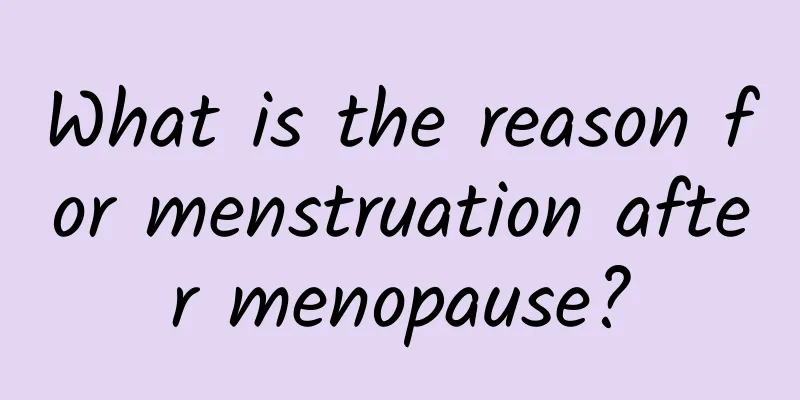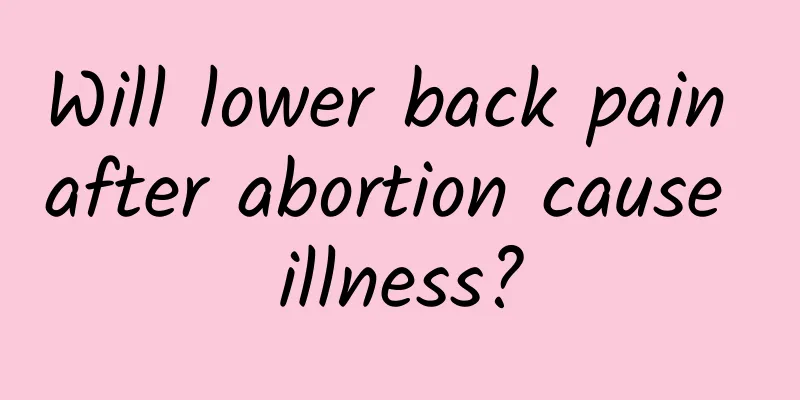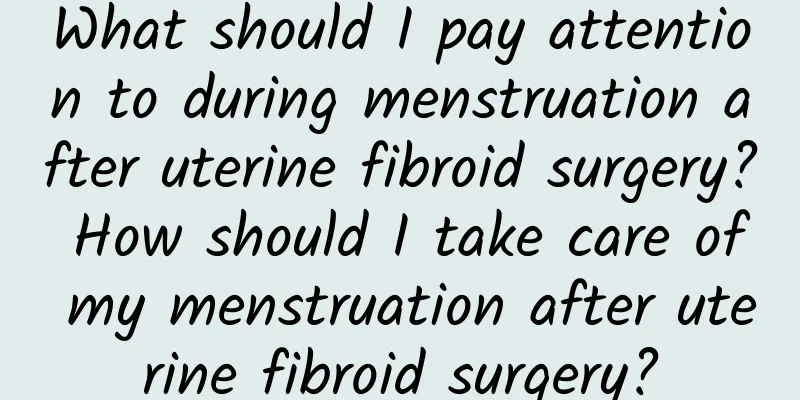What are the classifications of uterine fibroids? Can I still get pregnant after removing uterine fibroids?

|
Clinically, it is found that many people panic after discovering that they have uterine fibroids, and think that they must be removed surgically; others think that uterine fibroids require major surgery, while small ones do not require surgery. The doctor said that according to the location of fibroids, they can be divided into three categories: intramural fibroids, subserosal fibroids, and submucosal fibroids. For the first two types, most are asymptomatic and generally do not require treatment. Especially for those who are close to menopause, due to the low estrogen level after menopause, the fibroids will naturally shrink or disappear, and only regular check-ups are needed. If the check-up finds that the fibroids are enlarged or the symptoms are obvious, further treatment can be considered. If the submucosal fibroids or tumors are too large, surgery must be performed. Uterine fibroids do have a certain impact on fertility and should be actively treated. In addition, it is also related to the location, size and number of the patient's fibroids. For example, cervical fibroids can affect the entry of sperm into the uterine cavity, submucosal fibroids can easily infect the endometrium, which is not conducive to the implantation of the fertilized egg, and huge multiple uterine fibroids can easily squeeze the interstitial part of the fallopian tube and hinder the passage of sperm. Uterine fibroids can expand the muscle wall or endometrial vein congestion, leading to changes in the uterine environment, which is not conducive to the implantation of fertilized eggs; or insufficient blood supply to embryonic development leads to miscarriage, and the miscarriage rate is 2 to 3 times that of non-fibroid pregnant women, usually incomplete miscarriage. Large intramyometrial fibroids or submucosal fibroids can hinder the movement of the fetus in the uterus, resulting in incorrect fetal position, such as horizontal position, hip position, etc., thereby increasing cesarean section. During delivery, because fibroids affect the normal contraction of the uterus, the delivery process can be prolonged; fibroids embedded in the pelvic cavity can block the birth canal and cause dystocia. Fibroids can also affect postpartum uterine contractions, leading to postpartum hemorrhage or poor uterine recovery. If uterine drainage is affected or ulcers form on the surface of the fibroids, it is also easy to get infected. For patients under 40 years old who want to have children and have normal genital function, timely removal of fibroids can improve fertility and prevent red degeneration or secondary infection of fibroids during future pregnancy to prevent fibroids from growing too large. Some patients worry that the large number of fibroids is not suitable for surgery. In fact, as long as the operation is careful, it does not hinder surgical removal. With the development of minimally invasive surgery and the improvement of surgical methods, many fibroids can be removed through laparoscopy or hysteroscopy, which greatly reduces the trauma to patients. In addition, 300.4% of patients have recurrence after myomectomy, most of which recur after 5 years. Patients who are younger than 30 years old or have multiple myomas are more likely to relapse. Although the removal of myomas can improve the patient's fertility, there are still some factors in the body that are conducive to the growth of myomas. Nearly 80% of patients can maintain pregnancy to full term. |
Recommend
Several bad habits lead to irregular menstruation in women.
Irregular menstruation is a common gynecological ...
Is endometrial tuberculosis contagious?
Is endometrial tuberculosis contagious? Nowadays,...
Causes of abnormal vaginal discharge
Causes of abnormal leucorrhea: Physiological leuc...
Brief analysis of the main symptoms of cervical erosion
Cervical erosion is a very common cervical diseas...
What exactly is candidal vaginitis?
What is candidal vaginitis ? What are the specifi...
What to do if ulcers occur in candidal vaginitis
One of the things that worries female friends the...
Standardized treatment of cervical precancerous lesions is the best way
Cervical precancerous lesions are common gynecolo...
Is it okay to continue taking Miffy if the abortion is not complete? Listen to the doctor
Can you continue to take Miffy if the abortion is...
Does dysmenorrhea need treatment?
Does dysmenorrhea need treatment? 1. Dysmenorrhea...
How long does it usually take to cure chronic vaginitis?
How long does it usually take to cure chronic vag...
How to treat cervical erosion? 3 common methods to treat cervical erosion
Cervical erosion can be treated with medication, ...
How to prevent uterine fluid accumulation
If women have uterine effusion, improper treatmen...
What exercises can improve uterine fibroids?
Moderate exercise can have a positive impact on u...
The 400-times popular coffee has a smooth and surprisingly delicious taste! Nutritionists recommend this to avoid pitfalls
During the national anti-epidemic period, people ...
What are the dangers of bacterial vaginosis if it is not cured for a long time?
Bacterial vaginosis usually refers to inflammatio...









